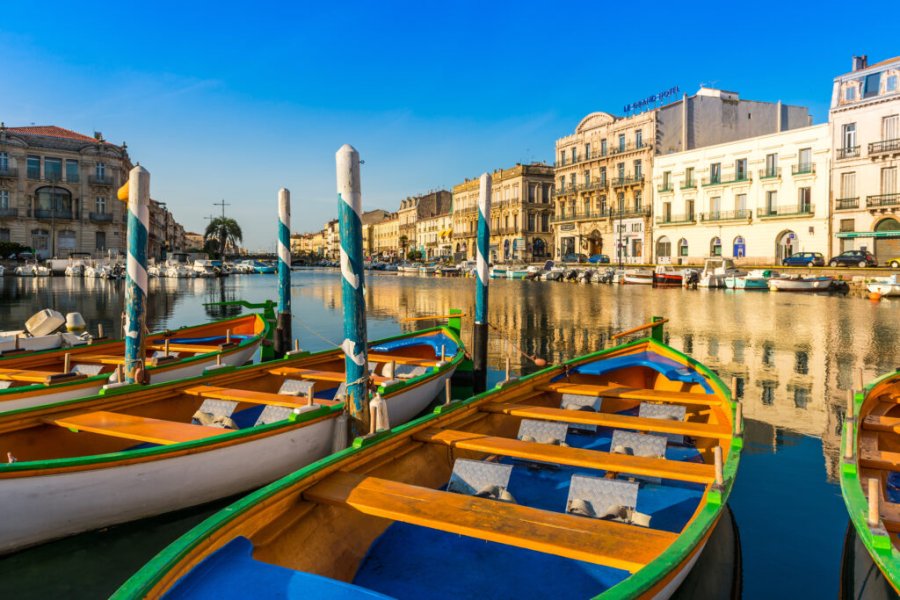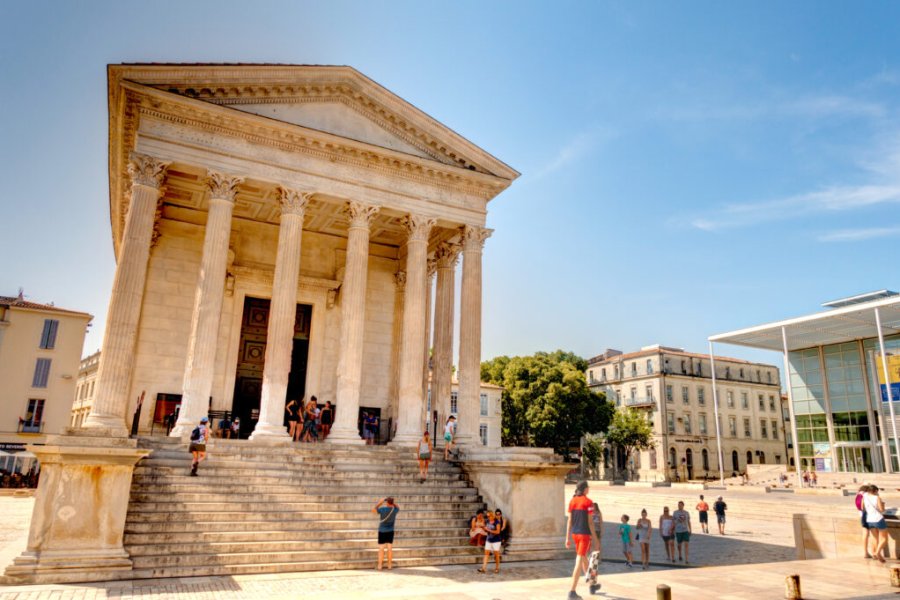Travel Guide Reserva Natural Volcán Cosigüina
Find an accommodation
Advertising
The most violent eruption in Nicaragua's recent history was that of the Cosigüina volcano on 22 January 1835. A large portion of the crater exploded and large pieces of rock landed in the neighbouring Gulf forming Fonseca Islands. Ash rains were driven by winds to Mexico City, 1400 kilometres away. Indeed, these same ash clouds blocked sunlight over a radius of 150 kilometres around the volcano. After this very brutal eruption, other small eruptions took place, and then the volcano finally fell asleep in 1859. A lake then developed at the trough of this large crater 2 kilometres in diameter. From the top of 873 metres of the volcano, a magnificent panorama offers visitors: the crater, its lake, the dry tropical forest… In the background, beyond the Gulf of Fonseca, the two neighbouring countries, El Salvador and Honduras, are clear.
Suggested addresses Reserva Natural Volcán Cosigüina
Weather at the moment
Advertising
Organize your trip with our partners Reserva Natural Volcán Cosigüina
Transportation
Book your plane tickets
Car Rental
Boat rental
Accommodation & stays
Find a hotel
Holiday rental
Find your campsite
Tailor-made trip
Immersion travel
Services / On site
Activities & visits
Find a doctor
Reserva Natural Volcán Cosigüina travel inspiration
Find unique Stay Offers with our Partners
Pictures and images Reserva Natural Volcán Cosigüina
There are currently no photos for this destination.





